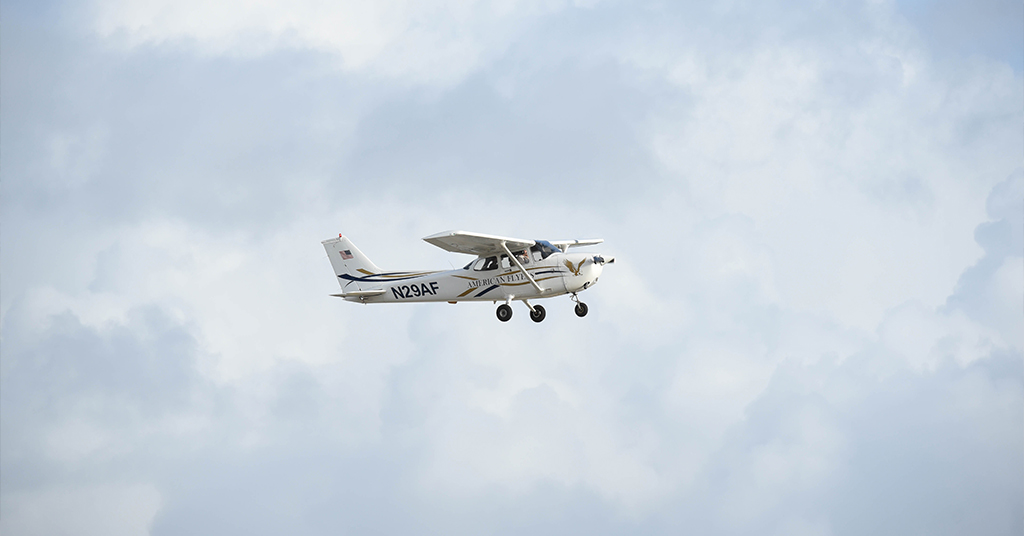By Steven Daun, National Chief Pilot
At one time or another, we have all reached the point where our mind starts playing tricks on us. It usually happens when we are fatigued and either flying at night or single-pilot IFR. You notice something or hear something unusual. You start to think about all of the things that could be happening. It is all a part of human nature and unfortunately, this is where all of the problems tend to begin. Your mind keys in on all of those bad thoughts and all rational thinking flies out the window.
It would be nice to think that this only happens to new green pilots. Yes, for the most part it does, but that is not always the case. In the past few months, we have seen it happen to a 125-hour pilot and to a 900-hour pilot. Having said that, there are some things that you can do, both on the ground and in the air, that can prevent this from happening. Let’s take a look at some of these and discuss how they can help.
Understanding your airplane and its systems is the first and most important thing. From the engine to the fuel, electrical and avionics systems, you need to not only understand how they work but also know how to use them. This gives you the ability to look at an issue and determine what is or isn’t happening versus what he dark side of your mind is telling you.
Now, let’s talk about the engine. How is your engine affected by the elements? Hot and cold temperatures can affect the performance of your engine dramatically. Your engine manufacturer will usually outline some of these indicators in the engine operating book, which is a must-read. This is separate from your POH and can usually be found on the manufacturer’s website.
How can you use your engine gauges to determine the health of your engine? What are the accurate indications and what is not realistic or possible?
Understanding the electrical system is also important and it is usually the weakest knowledge area when it comes to systems.
It is crucial to recognize this phenomenon so it doesn’t catch you by surprise. Where should the needles be during normal operation? What is the difference between a voltmeter and amp meter? What do they tell you about your electrical systems health?
Not all mind games include systems or airplanes. Flying over water or the mountains in weather, dusk or nighttime presents another set of challenges. I’m sure you have tried to determine if that “thing” out there is an airplane or a reflection. Is that moving light a car on a mountain road or another airplane? Is that horizon slanted because I am turning or the clouds are on an angle? The questions can go on and on.
So how do you protect yourself from your mind? The answer is simple, yet a little complex. As with most other things in aviation, it comes down to training and situational awareness and yes, we can’t forget experience.
A pilot can never get enough training. Training on systems and procedures will help you determine what is and isn’t happening or possible. In other words, the more you understand your equipment and procedures, the easier it is to deduce whether you have a problem, if there is an issue with an indicator or if you don’t have an obstacle at all.
Once you identify that you may have a problem, the most important question to ask yourself is “am I still flying?” If you are, then you need to have a plan to deal with continuing to safely fly, navigate and control the airplane while also dealing with a potential issue. A great place to practice this is in a flight simulator. The more you practice different types of scenarios, the more prepared you will be if you find yourself with a real problem.
Situational Awareness is another issue and should be started during your flight planning time. If you are flying at night or in the weather, what can you expect to see that may confuse you? Shipping lanes, harbors, shorelines, highways, mountains, shopping centers and hundreds of other topographical features can present unusual visual effects. If you are aware of these during your flight planning, things will make more sense to you during your flight when you aren’t quite sure of what you are seeing.
The most important thing that you can do to protect yourself from you is to think logically and not emotionally. Start out by asking yourself a few questions:
1) What is the issue?
2) Fly the airplane and navigate.
3) Do I really have an issue?
4) Fly the airplane and navigate.
5) Do I need to take immediate action?
6) Fly the airplane and navigate.
7) Can I safely continue the flight or do I need to land immediately?
8) Fly the airplane and navigate.
9) Do I need external assistance (ATC, Maintenace…)?
10) Fly the airplane and navigate.
Once you have answered the questions above come up with a plan and stick to it. This may include running checklists, landing at alternate locations or taking another type of action. Just remember to always fly the airplane and navigate.










